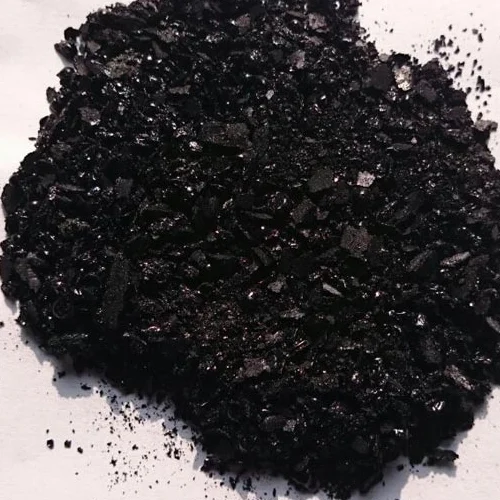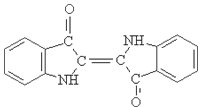Indigo Blue Vat Blue


In terms of product offering, indigo dyeing from China delivers unmatched versatility and aesthetic appeal. From fashion-forward garments to timeless home décor items, the indigo palette adapts seamlessly to various design trends. Designers worldwide are inspired by its richness, incorporating indigo textiles into modern collections that echo artisanal roots while resonating with contemporary tastes. This versatility ensures that indigo-dyed textiles remain relevant, bridging traditional craftsmanship with modern innovation. Moreover, the indigo-dyeing industry in China is buoyed by a growing interest in sustainable, handmade products—a trend that continues to rise among global consumers. People are increasingly valuing products with origin stories, those that radiate authenticity and personal touch, characteristics inherent in Chinese indigo-dyed goods. Each piece carries with it a narrative of ancient skills and cultural significance, enhancing its desirability and perceived value in the marketplace. To ensure these time-honored practices continue to thrive, communities across China actively engage in educational initiatives. By teaching younger generations the nuances of indigo dyeing, these programs cultivate new talent, preserving the narrative thread of indigo craftsmanship. This forward-thinking strategy not only safeguards cultural heritage but also injects fresh perspectives into traditional practices, potentially leading to innovative techniques and applications. In conclusion, the tradition of indigo dyeing in China stands as a paragon of expertise, authenticity, and sustainability. It offers more than just aesthetic pleasure; it is an immersive journey into a world where history, culture, and art converge. For those in pursuit of exceptional quality textiles that embody these rich values, Chinese indigo-dyed products are unmatched. As global demand for authentic, sustainable, and exquisitely crafted goods continues to grow, the art of indigo dyeing firmly establishes its place at the intersection of tradition and contemporary excellence.
-
The Timeless Art of Denim Indigo Dye
NewsJul.01,2025
-
The Rise of Sulfur Dyed Denim
NewsJul.01,2025
-
The Rich Revival of the Best Indigo Dye
NewsJul.01,2025
-
The Enduring Strength of Sulphur Black
NewsJul.01,2025
-
The Ancient Art of Chinese Indigo Dye
NewsJul.01,2025
-
Industry Power of Indigo
NewsJul.01,2025
-
Black Sulfur is Leading the Next Wave
NewsJul.01,2025

Sulphur Black
1.Name: sulphur black; Sulfur Black; Sulphur Black 1;
2.Structure formula:
3.Molecule formula: C6H4N2O5
4.CAS No.: 1326-82-5
5.HS code: 32041911
6.Product specification:Appearance:black phosphorus flakes; black liquid

Bromo Indigo; Vat Bromo-Indigo; C.I.Vat Blue 5
1.Name: Bromo indigo; Vat bromo-indigo; C.I.Vat blue 5;
2.Structure formula:
3.Molecule formula: C16H6Br4N2O2
4.CAS No.: 2475-31-2
5.HS code: 3204151000 6.Major usage and instruction: Be mainly used to dye cotton fabrics.

Indigo Blue Vat Blue
1.Name: indigo blue,vat blue 1,
2.Structure formula:
3.Molecule formula: C16H10N2O2
4.. CAS No.: 482-89-3
5.Molecule weight: 262.62
6.HS code: 3204151000
7.Major usage and instruction: Be mainly used to dye cotton fabrics.

